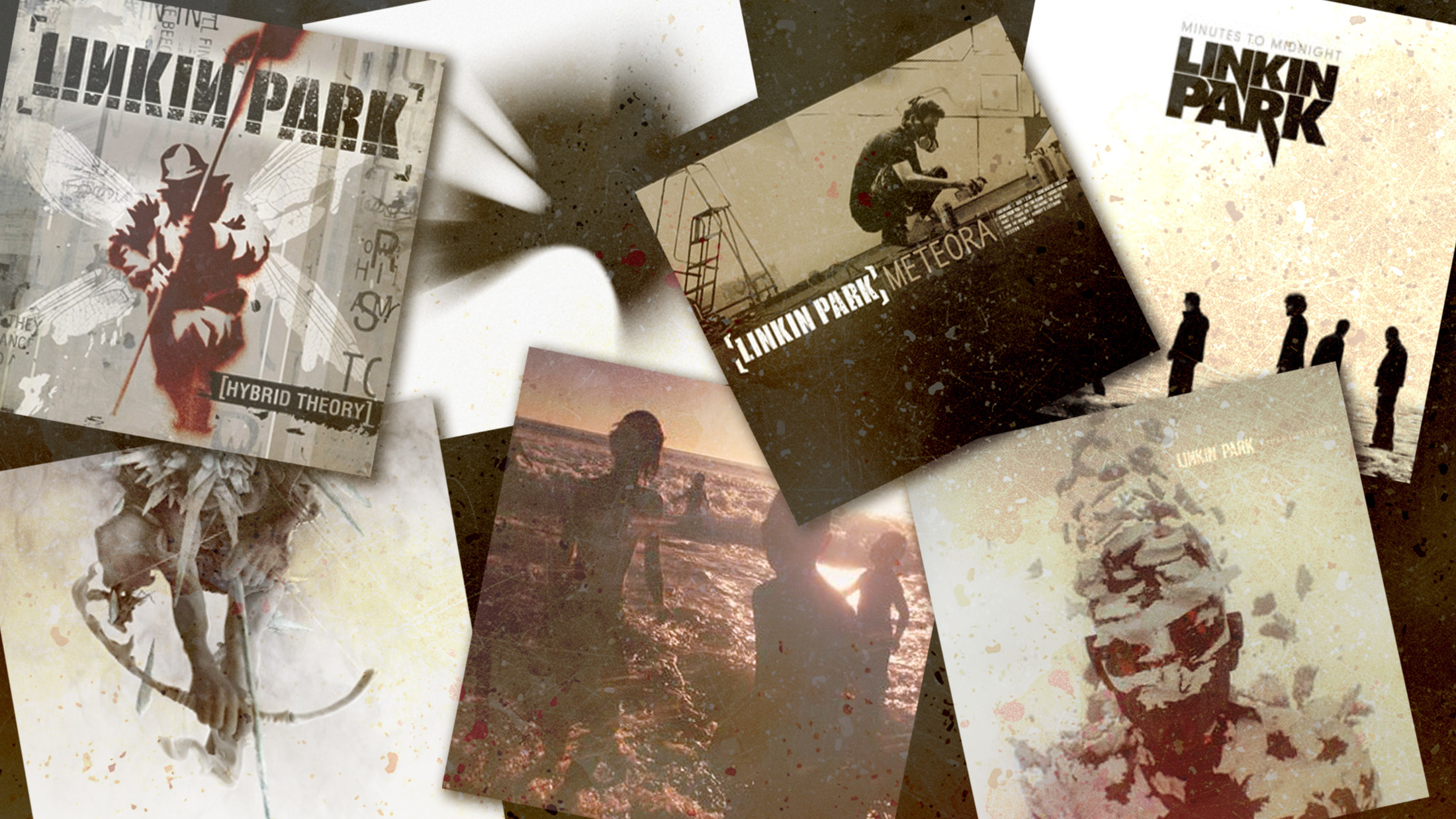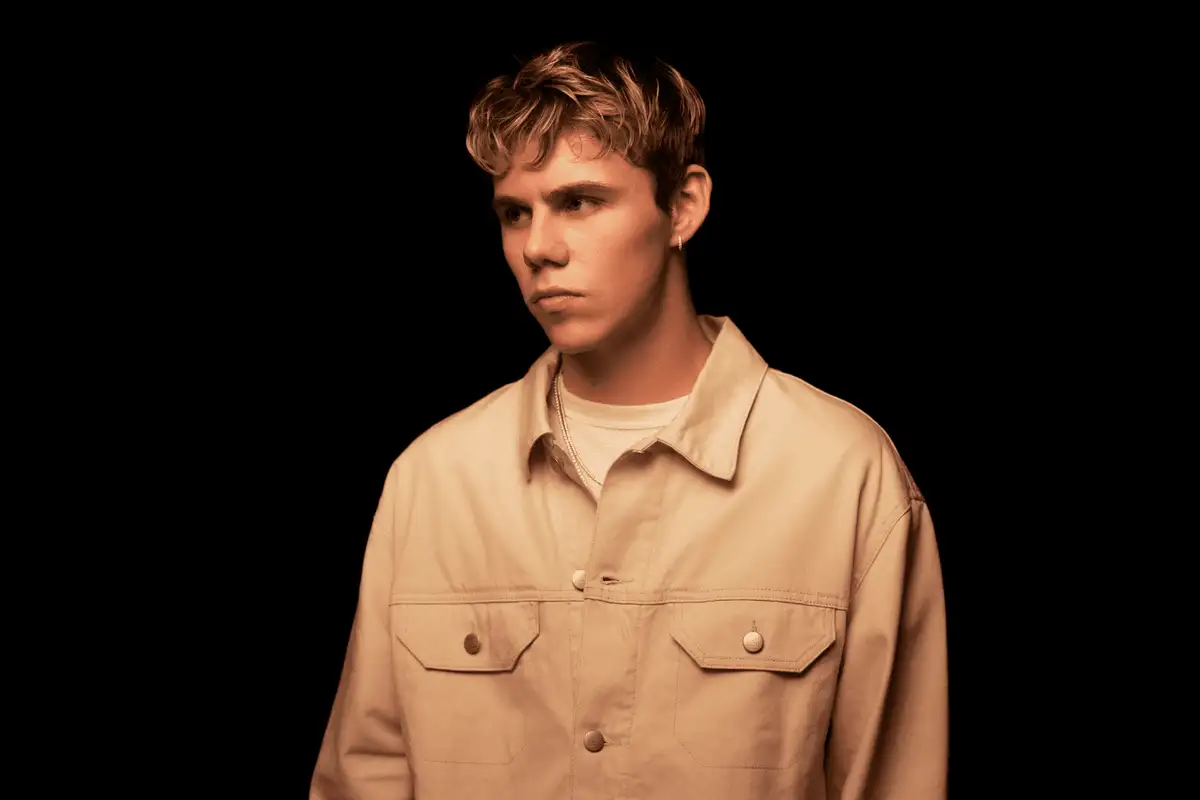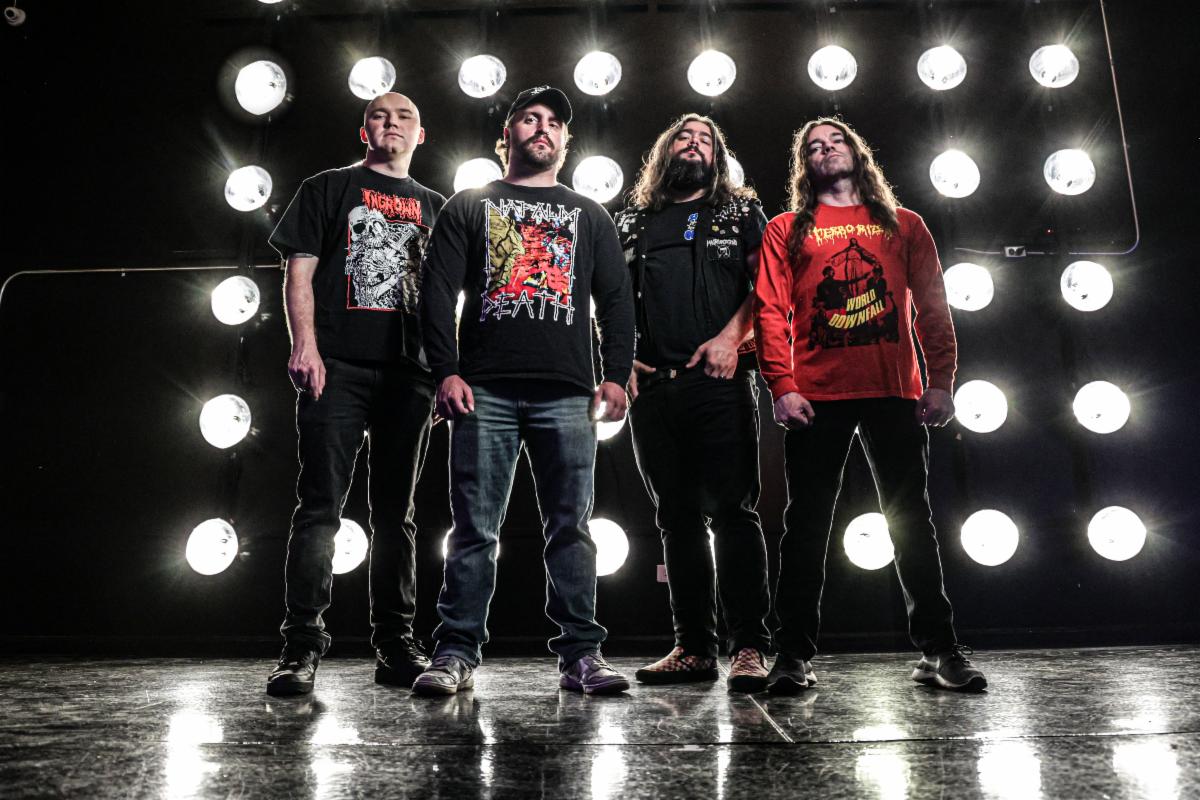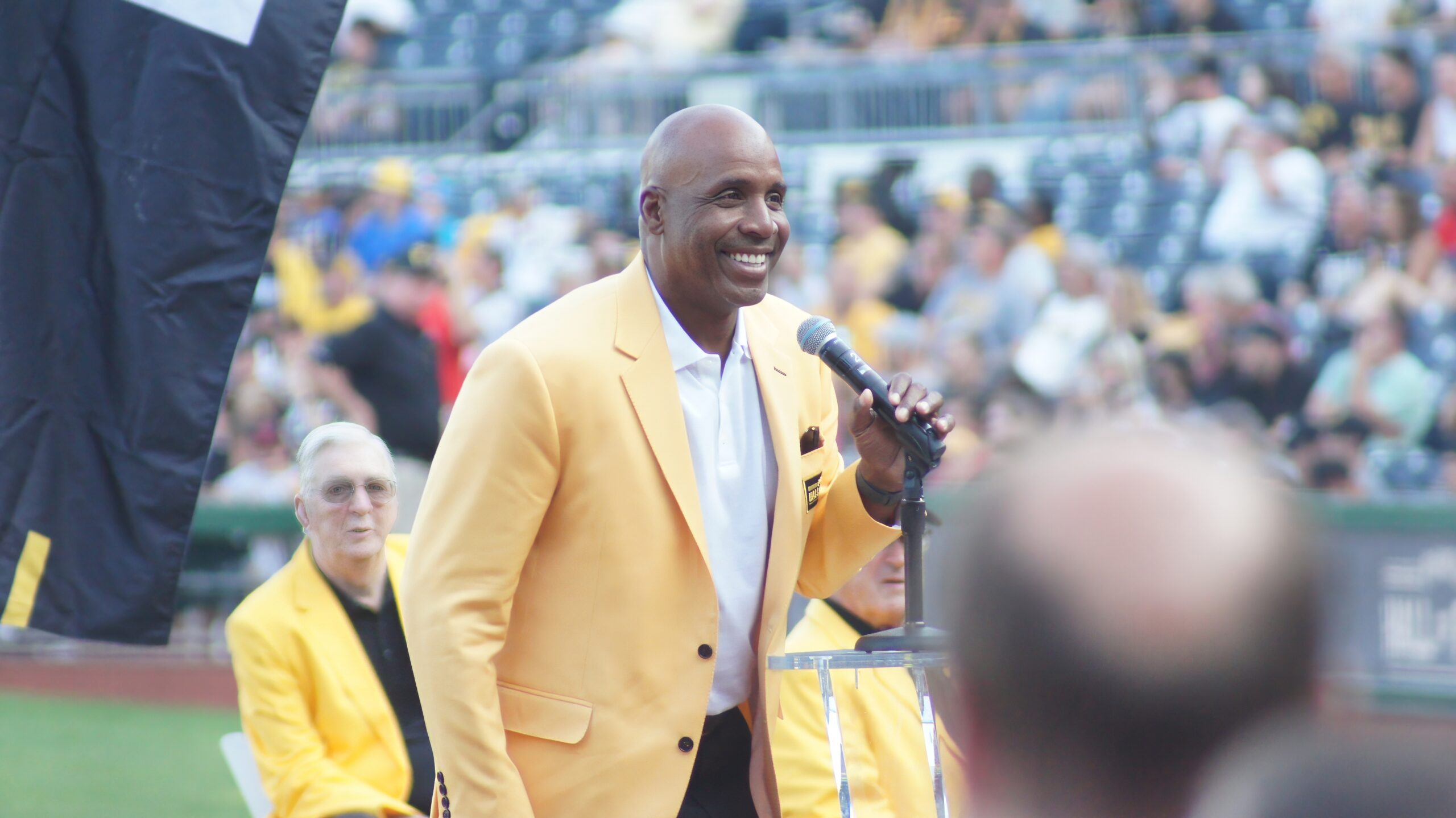Nostalgia can be blinding for just about everyone. While it’s pretty often that the music we connect with in our late childhood years to our young adult years tends to hold the most weight as we age (good memories and all that), there’s plenty to be said for bands that push the envelope and keep throwing their fans curveballs.
There’s plenty of bands with huge fanbases that do this, of course. Bring Me The Horizon, Radiohead, Deftones, Anberlin, Thrice, and Nine Inch Nails have all undergone drastic transformations even between album cycles over the years. These bands only scratch the surface of what can be done with a collection of diverse influences coming together.
In particular, one such band is Linkin Park. Few adjectives mark their discography better than “versatile”, especially considering what LP did past Meteora. They could have easily rewritten Hybrid Theory 5 more times and sold millions upon millions of albums anyway, but wisely they didn’t go that route. It’s probably fortunate for the bands they influenced as well.
Even at an early stage, Linkin Park’s music was predicated by the utilization of electronic soundscapes and ambient influences that sailed far, far past the easy descriptor of nu-metal. Instrumental tracks like “Cure From The Itch” and the entirety of Reanimation showed the band’s influences from electronic artists and pioneers like Aphex Twin, Depeche Mode, and even DJ Shadow.
Considering that Linkin Park’s songwriting and structures always had a lot of influence from pop music (moreso in the structures of their songs, but also in terms of accessibility), it’s not surprising that the band delved into more pop-related material in their later work. For instance, 2010’s “Robot Boy” is arguably the most pop-centric song of their career, yet it’s sandwiched between the throwback hip-hop track “When They Come For Me” and the 311-esque vibes of “Waiting For The End”. These pop influences reached full fruition on 2017’s One More Light, as well.
On their most recent records, electronic influences were pushed to the forefront of their sound. On Living Things, lead single “Burn It Down” (as well as “Lost In The Echo”, and really the entire album) pulsate with the kind of electronic rock that would influence bands like Starset in the years to come. Huge choruses were a hallmark of this sound, arguably as much as on previous records.
2014’s The Hunting Party is a near-perfect encapsulation of this sound. While it was a “return to roots” album that saw the band exploring the roots of their sound as well as rap and rock as a combination role, the album has so many things the band never really tried before. Complex instrumentation that pushed drummer Rob Bourdon to his limits, aggressive material like album opener “Keys To The Kingdom” that bordered on metal, and album closer “A Line In The Sand” (a near-progressive track that unfolds like a flower) helped make THP a fantastic record that also goes well beyond the typical “return to roots” album so many bands of their era tried to make.
Versatility doesn’t only apply to Linkin Park, of course. They’re far from the only band to embody that adjective – just look at some of the bands that they’ve influenced, like Bring Me The Horizon, Red, Sylar, and many more. With the caveat of varying degrees of experimental tendencies in these bands, of course, their versatility inspired so many current bands to do the same for themselves.
All of this is to not diminish the influence Linkin Park’s first two records obviously had on a legion of bands that came after. They’re obviously great records, and are still highly influential in terms of songwriting and structure. However, ignoring the music they created after is doing yourself a disservice. In fact, their later material, especially on A Thousand Suns and The Hunting Party, made them one of the most distinct rock bands in history.




